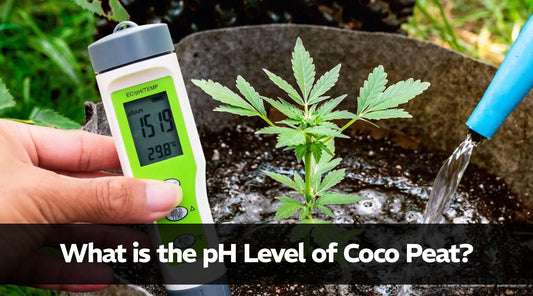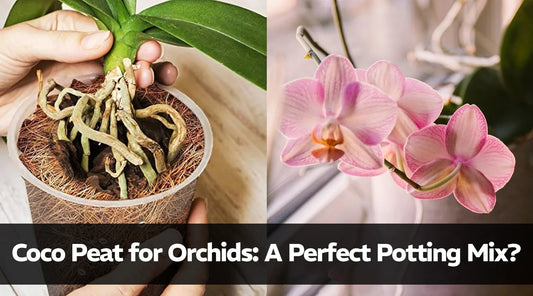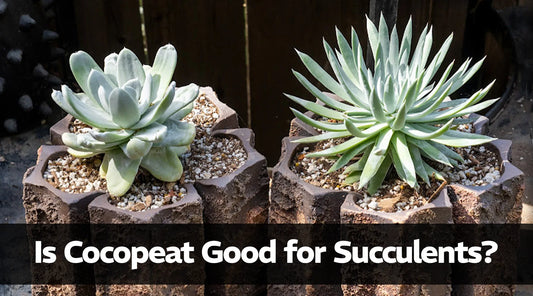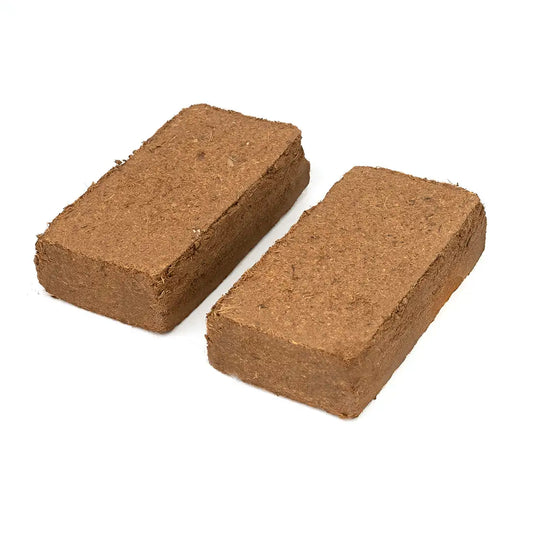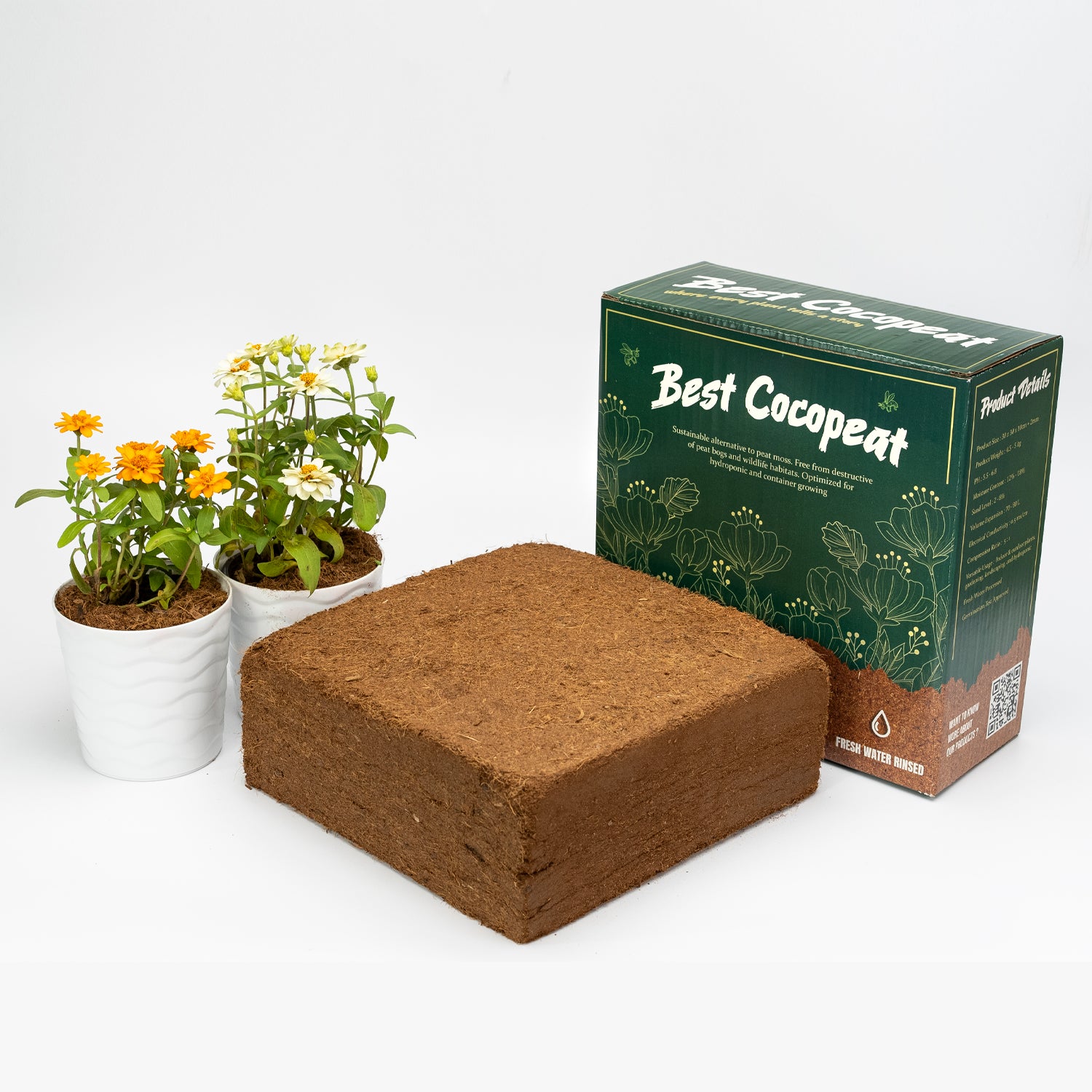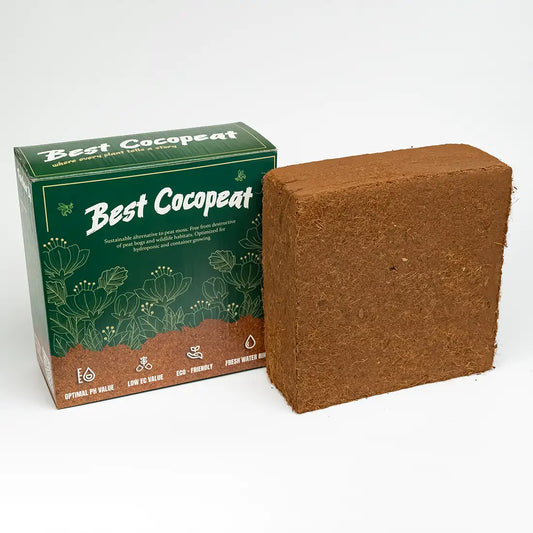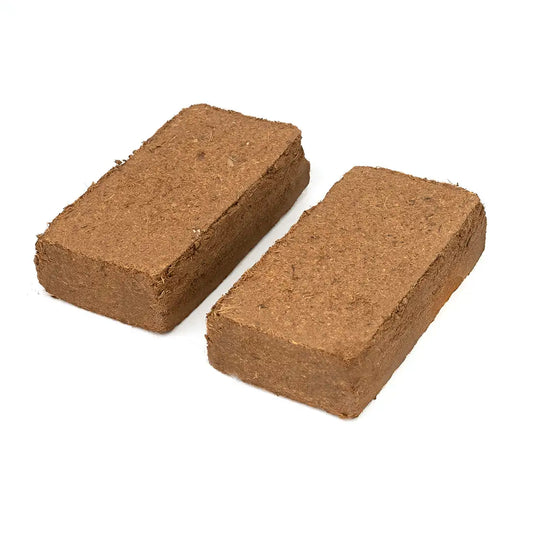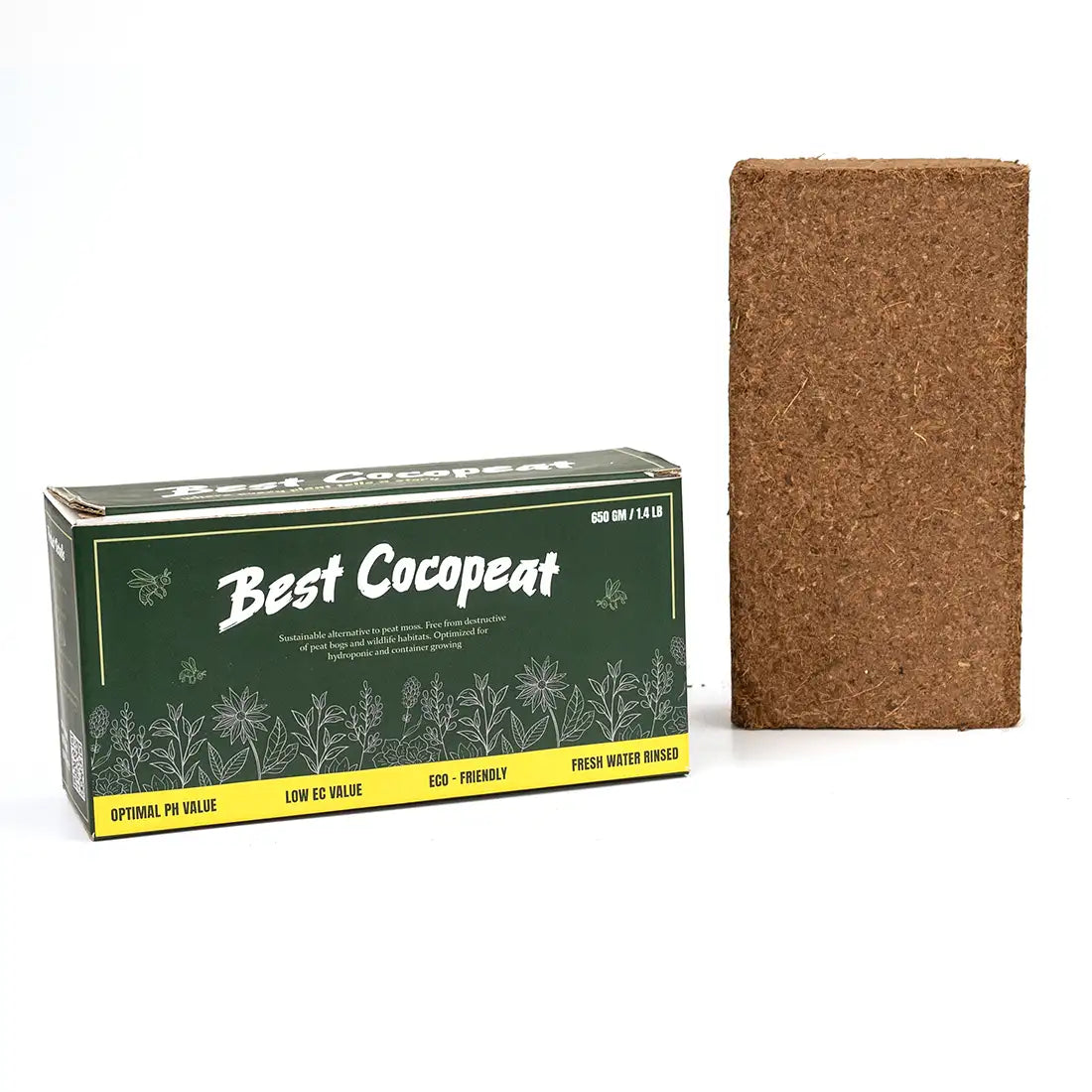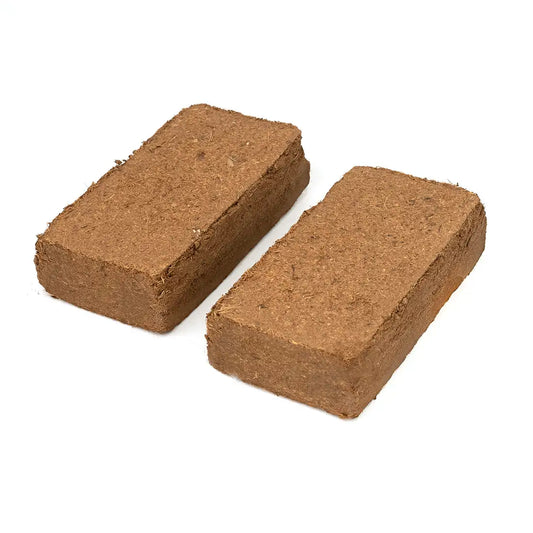Rooting cubes are an effective way to germinate seeds and grow new plants from cuttings. When rooting cubes created from coco peat, they provide a sustainable, nutrient-retentive, and well-drained foundation for young plants. Because cocopeat is harmless to the environment, provides adequate aeration, and holds moisture effectively, many gardeners use it for propagation. If you want to create your own rooting cubes for seeding, here's a step-by-step tutorial. We'll even go over how ideas like cube root, cube roots, perfect cube roots, and cube root square may be used for specific scales.
Why Use Cocopeat for Rooting Cubes?
Coco peat soil is derived from the fibrous husk of a coconut and is known to retain moisture while helping excess water to drain away. This is perfect for seedlings and cuttings, which require both moisture and oxygen surrounding their growing roots. A coco soil mix can be added with perlite or vermicompost for additional nutrients, although pure cocopeat works well for propagation.
The Best cocopeat for rooting cubes is completely sieved, clean, and free of excess salts, which promotes good root growth without nutrient burn.
Step-by-Step: Making Rooting Cubes from Coco peat
1. Preparing Your Cocopeat
Begin with a cocopeat block or peat bricks. Soak them in little warm water until they form a fluffy, soil-like texture. Break away any clumps to create an even coco peat soil suitable for shaping.
2. Mixing the Medium
While pure cocopeat works well, combining it with other materials can help boost cube performance. A 70:30 ratio mix of cocopeat and perlite improves aeration, while compost can provide nutrient boost. Gardeners might consider cubes to be similar in size and density.
3. Shaping the Rooting Cubes
Use a propagation mould or tray to create perfectly shaped cube roots. You can create your own mould from a tiny wooden box or silicone tray. Press the coco soil mixture tightly into the mould to create cubes that retain their shape without breaking.
Tips for Creating Strong Cubes
-
Right Moisture Level – Cocopeat should be wet but not pouring. Cubes become unstable when they contain too much water.
-
Firm but Not Overpacked – Press the mixture with enough force to hold cubes together, but not so tightly that roots cannot enter.
-
Similar Size –To ensure balanced hydration and root growth, use the idea of cube roots to keep the same size.
Planting in Your Rooting Cubes
Once your cubes are complete, use a pencil or stick to poke a small hole in the top of each one. Place seeds or cuttings inside, then gently press cocopeat around them. To ensure consistent moisture, store the cubes in a tray with a humidity dome or plastic cover.
As the seeds germinate or the cuttings root, you'll notice how the coconut fibre helps to secure the roots. This is a significant advantage of utilizing Best Cocopeat in propagation.
Caring for Cocopeat Rooting Cubes
-
Watering – Water lightly to keep the cubes moist, never soaked.
-
Light – Provide bright, indirect sunlight or grow lights for even development.
-
Nutrients – Apply diluted liquid fertilizer when the roots have appeared.
When seedlings or cuttings are ready to transplant, place the entire cube directly into the soil or container. Cocopeat, which breaks down naturally, will not prevent root development.
Why Cocopeat is the Perfect Choice for Rooting Cubes
Compared to soil, cocopeat offers:
-
Better water retention without waterlogging.
-
Enhanced aeration for faster root growth.
-
A renewable, eco-friendly propagation medium.
Whether you're growing veggies, flowers, or ornamental plants, making your own rooting cubes from cocopeat is a cheap and effective approach to assure strong, healthy roots from the start. And, by using the idea of perfect cube roots in shaping, you may generate uniform propagation cubes that produce predictable outcomes each time.
If you like to get started, make sure you choose the Best cocopeat. This ensures your coco peat soil is clean, nutrient-balanced, and ready to help your plants thrive from the very first root.

